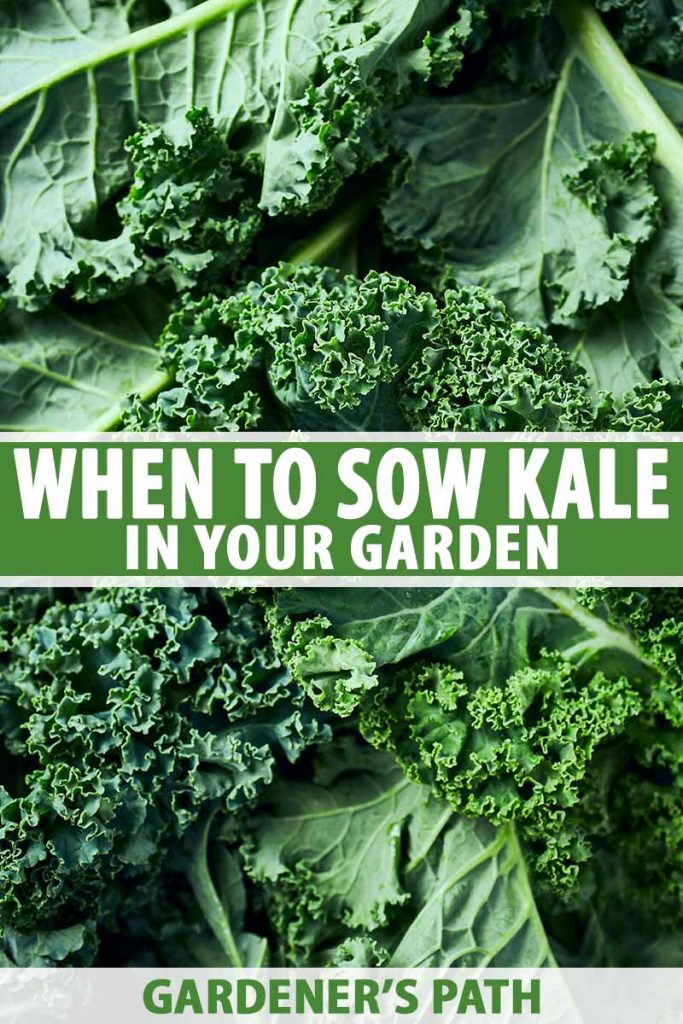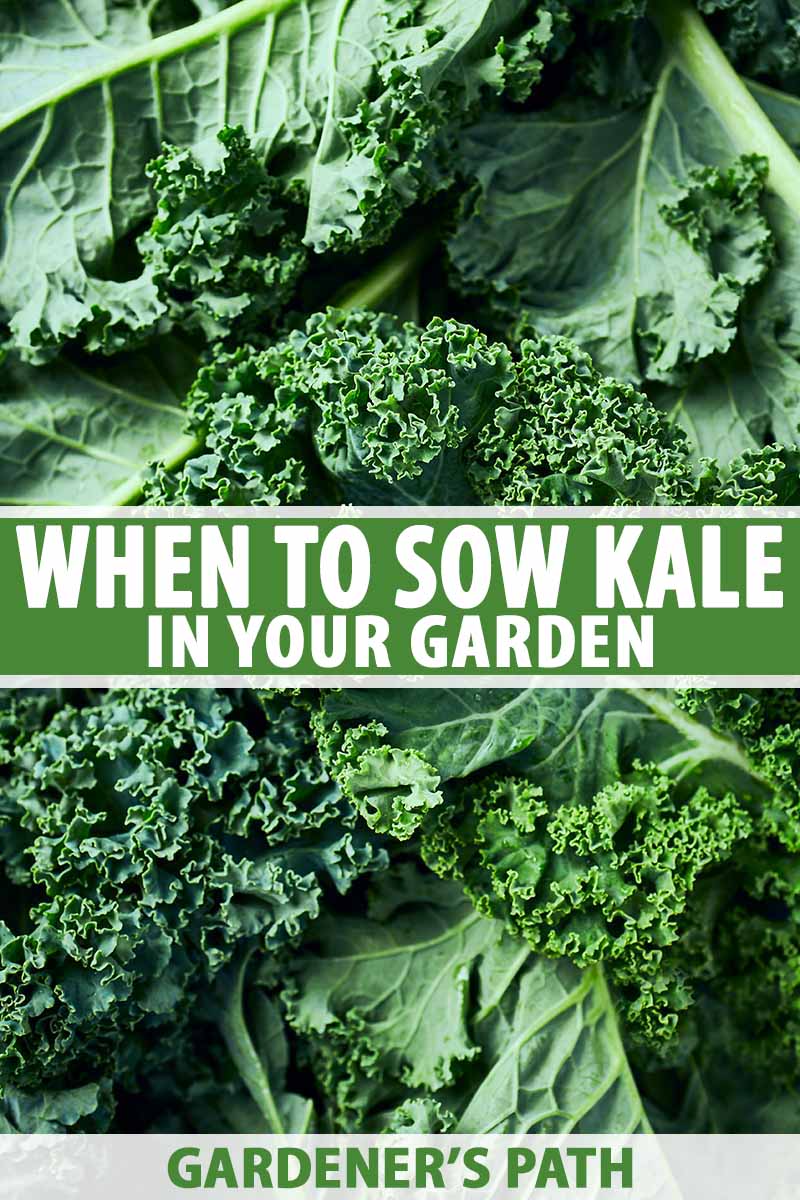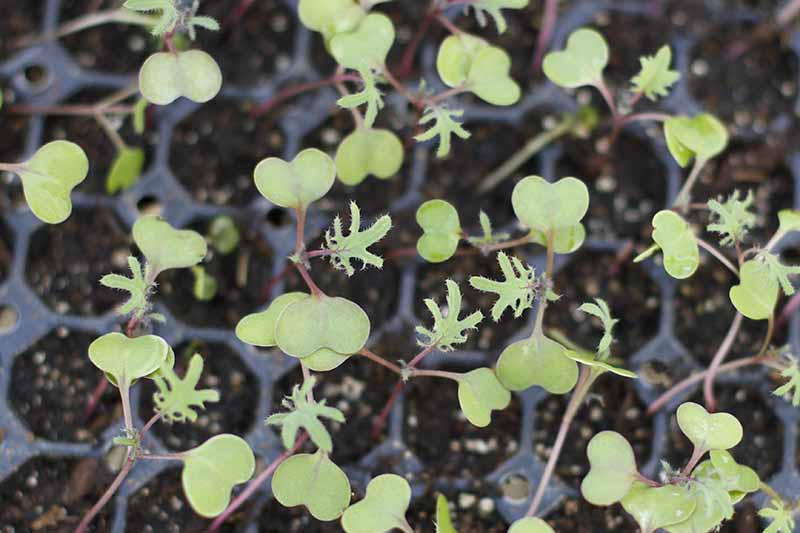One of the best things about this hardy green is that it is fairly flexible in terms of when you may start growing it, and a few weeks’ difference won’t set your plants back too much. We link to vendors to help you find relevant products. If you buy from one of our links, we may earn a commission.
When to Sow Based on Hardiness Zone
Your USDA Plant Hardiness Zone is an important factor to consider when you are deciding what month to sow kale. You can read more about these hardiness zones here.
Those who live in a hardiness zone with a high number can start growing earlier in the spring and later in the fall than those who live in a hardiness zone with a low number. As the hardiness zone number increases, the growing season gets longer. Other useful information for determining the planting date is your predicted last frost date in the spring, and first frost date in the fall.
When to Sow in the Spring and Fall
Kale is a cool weather crop, so it grows best in the spring and fall and in locations where it can receive plenty of sunlight. In the spring, you can plant seeds outside immediately after the last frost. At this point, the soil will have warmed enough for germination to occur. You can continue to sow seeds until the end of May. If you are starting seedlings indoors, sow four to six weeks before the predicted last frost date. For example, where I live in Zone 7a, the predicted last frost date is April 18. Therefore, I start seeds indoors in trays the first week of March. I love watching this new life grow when it is still cold and gray outside. In the fall, you should start seeds early enough that plants have time to mature before the days draw in, and become too short. The Winter Harvest Handbook: Year Round Vegetable Production Using Deep-Organic Techniques and Unheated Greenhouses For baby leaves, the latest you should plant is six weeks before this period. If you’re aiming for full-sized leaves, sow no later than 13 weeks before this period. Depending on your region, this means you should plant seeds directly in the garden from mid-July to mid-September. You can start trays for transplants in June, July, or August, and plant these out into your garden in late July to late September.
How to Time Succession Plantings
If you’re growing baby kale, planting seeds once and then again a few weeks later will allow for a continuous supply. This tactic of sowing multiple plantings is known as succession planting. You can read more about succession planting here.
Aim to plant seeds directly in your garden every two to three weeks. When there is less daylight, plants will grow more slowly, so successive plantings should be sown closer together, over shorter periods of time. In March and November, space successions two weeks apart. In May, June, September, and October, space them three weeks apart.
Sow Some Kale Seeds
Now that you know when to plant, you can start planning how it will feature in your garden. Whether you’re planting in the spring or fall, this tasty, nutritious green makes a great addition. If you have questions about when to plant seeds in your specific area, feel free to ask in the comments. To read more about growing this versatile, nutritious leafy green, check out these articles:
How to Harvest Kale 6 Best Types of Kale for Cold Climates How to Keep Kale from Wilting in the Garden How to Harvest and Store Kale Seeds
Photo by Briana Yablonski © Ask the Experts, LLC. ALL RIGHTS RESERVED. See our TOS for more details. Book cover image via Chelsea Green Publishing. Uncredited photos: Shutterstock.





